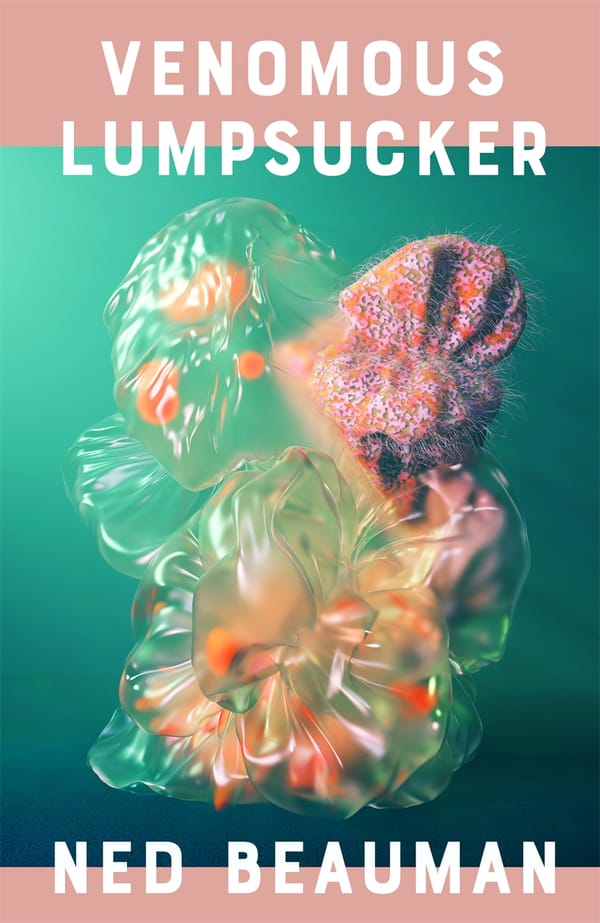Eternity in the air
Nick chronicles his witness to the 640-year musical experiment at St. Burchardi Church, Germany. The first organ-chord change in 7 years took place September.
It is early in the morning on September 5th, and I am on a slow regional train from Berlin. The destination is Halberstadt, a small town in Saxony-Anhalt. Its chocolate-box streets and imposing cathedral are perhaps reason enough to visit, but today a different attraction demands the pilgrimage. Just north of the town centre, nestled inside a medieval cloister, stands the unassuming Sankt-Burchardi church, and inside its nave you will find the longest, slowest musical performance ever attempted. It began in September 2001 and doesn’t intend to stop until the year 2640 – unless, of course, the sheet music calls for a rest. The piece being played is John Cage’s aptly named As Slow As Possible, usually known by the baffling acronym ASLSP, and this afternoon (3 o’clock, to be precise) is the first time in seven years that a note is changing.
Whenever you make a journey like this, it is always fun to see if you can tell which of your fellow passengers are making the same one. Who goes out of their way to see – hear? – this happen in person? Dr Rainer O. Neugebauer, the performance’s director, reckons that as many as 1000 people may descend on the town for the note change, or Klangwechsel. Why so many? “On the one hand, ours is a very simple project: just time, and air. When you’re inside the church, you hear no melody, no rhythm… just this unchanging sound. But on the other hand, it is a very philosophical project. People think about time, and their lifetimes”. He himself has been confronted with such thoughts. In 2011 a single pipe began sounding, playing a low D, which will not stop until 2071 – in his own words, “I won’t ever hear the end of this note!” Moreover, Dr Neugebauer thinks that in a certain sense people are able to find more in this music than in any other: “For Cage, all sounds were equal. The notes don’t know about Mozart, or Beethoven, they are just sounds; they have no meaning – so people can give them whatever meaning they want.” Perhaps I’m doing this point of view a disservice by sharing my interpretation here – I’ll leave that up to you.
Arriving early at Sankt-Burchardi, the first thing to notice is the emptiness. In place of pews and an altar, one finds bare ground, and specks of dust. And in the still air, a sound: following it, one finds the only permanent residents. On one side of the hall six great bellows work constantly to feed the organ’s pipes; and on the other sits the organ itself. It is a small instrument, with far too few pipes filling its wooden frame. At its front are the sandbags responsible for playing the keys – the project was unable to find a human organist with the required stamina.
Gradually, the nave fills with both people and anticipation for the note change. In truth it is more of a note addition: the existing chord is being augmented by an E and a G#. The event proceeds almost ritualistically, with Dr Neugebauer addressing the crowd from a lectern and the organ being handled only with white gloves. Finally, soprano Johanna Vargas and composer Julian Lembke each install their respective pipe and the change is complete. The air within the church changes for the first time in almost a decade, and then it is over. The crowd applauds as the performers bow. And the music continues.
Being inside the church for the event itself, it is easy to see what Dr Neugebauer means. Surrounded by the endless sound, you are forced to think about what, if anything, it might be trying to say. In a town whose own cathedral took hundreds of years to complete, one is reminded of how its ancient builders must have felt, dedicating their hours to the completion of a façade they would never live to see. In modern times such time scales are unthinkable. Life appears to be accelerating at an ever-accelerating rate, yet here we find its very antithesis. The almost anticlimactic catharsis of the change itself is a reminder of just how alien this feels, like looking at the Mona Lisa one square millimetre at a time.
Will we as a people ever hear the end? 639 years is an especially long time in this age of climate change and mutually assured destruction. “My wife, she is a big pessimist!” laughs Dr Neugebauer. “I am a historian, and history shows us that often our plans don’t work out […] Cage was interested in processes where you don’t know how it ends.” Still, he remains optimistic – possibly out of necessity. “I hope that enough young people, enough enthusiastic people are able to continue our project.” Practical concerns such as these are ever-present in the mind of the organisers: all the €1,000,000 needed so far to keep the project running has come from private donors. If such funding dries up, then the music could end abruptly, even without some apocalyptic event.
No doubt many readers will be lamenting such a waste of money. But for Dr Neugebauer, support for projects like this is crucial. “Good, authentic avant-garde art is very important, to offer a picture of the future. We cannot draw what the future looks like, but through the avant-garde we can get glimpses.” In this sense, the performance becomes far more than mere spectacle: it takes on a political character. Through its very contrast to our world and the music of our time, ASLSP holds the seed for something beyond them.
Maybe these ideas seem abstract and nebulous, but if you don’t buy into them, I reckon there is still something here for you. There is something delightful about the inherent optimism in the attempt; an almost childish purity akin to asking what the biggest number is. Even if you see it all as a ridiculous joke, what could be more uplifting than thousands of people coming together to see it through to its punchline? If that thought does not make you smile, then I am not sure what to tell you. But above all, don’t dismiss this as something pointless without giving it a chance. As Dr Neugebauer puts it, “… maybe you find it [the attempt] crazy or bullshit, but at least open your mind before you decide too fast. Listen.” The next note change is in February 2022, so that gives plenty of time to mull.
Is it music? As Cage himself once replied to a poser of that very question, “Madame, if you don’t think it’s music, then call it anything else.” To spend time worrying over the project’s semantic designation is to miss the point. The Halberstadt performance of ASLSP stands as a testament to that most human of motivations – why not? In this work we find the living and breathing contradiction to our existence. Where we rush, it meanders; where our symbols are saturated with meaning, it offers a blank canvas; where we try to understand, it remains incomprehensible – indeed where we die, it lives on.





